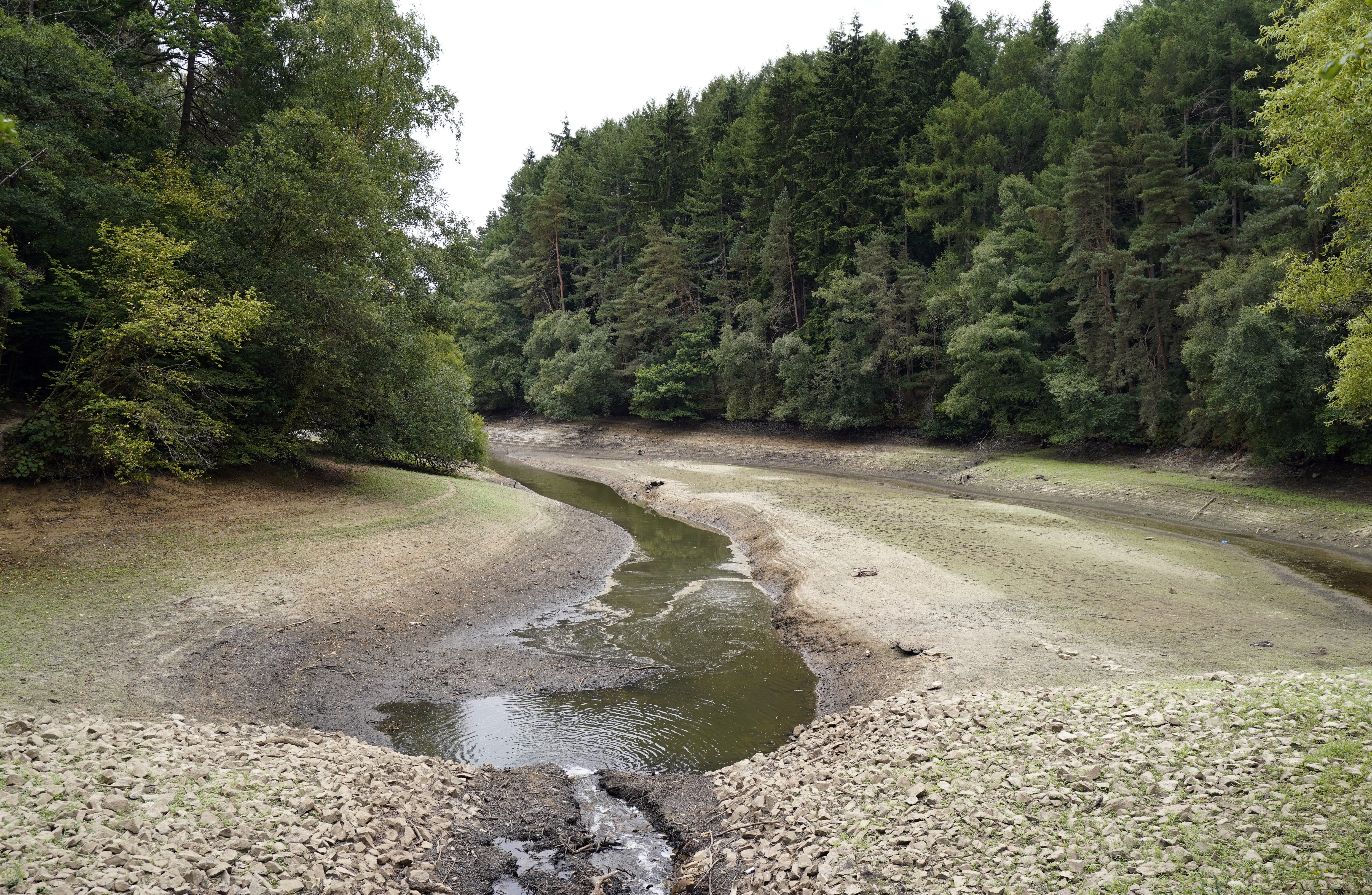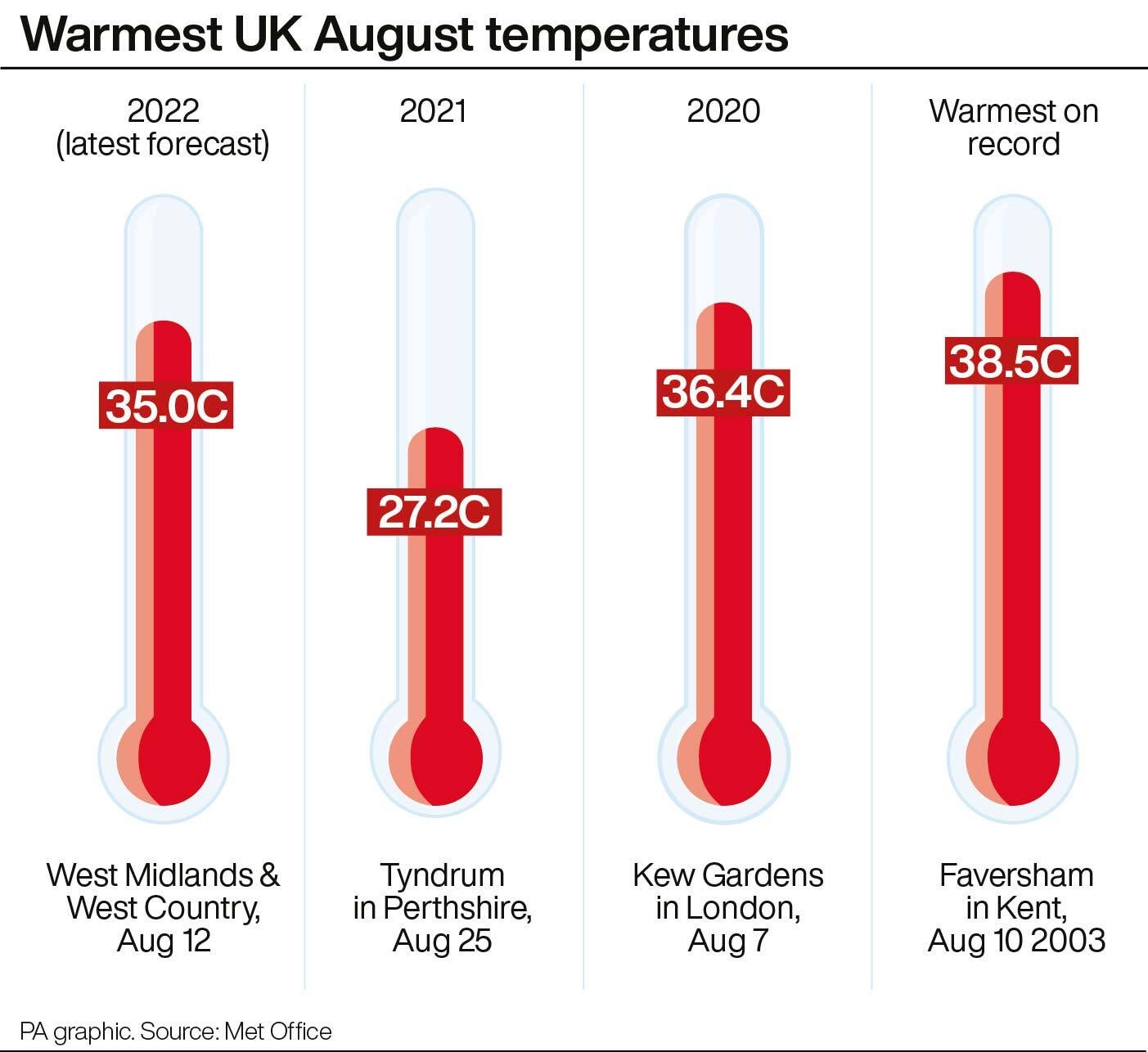Drought: what is it and what can be done about it?
England is facing drought conditions after months of low rainfall.

Your support helps us to tell the story
From reproductive rights to climate change to Big Tech, The Independent is on the ground when the story is developing. Whether it's investigating the financials of Elon Musk's pro-Trump PAC or producing our latest documentary, 'The A Word', which shines a light on the American women fighting for reproductive rights, we know how important it is to parse out the facts from the messaging.
At such a critical moment in US history, we need reporters on the ground. Your donation allows us to keep sending journalists to speak to both sides of the story.
The Independent is trusted by Americans across the entire political spectrum. And unlike many other quality news outlets, we choose not to lock Americans out of our reporting and analysis with paywalls. We believe quality journalism should be available to everyone, paid for by those who can afford it.
Your support makes all the difference.As England faces the growing spectre of drought here is a look at what is happening and how the situation is being managed.
– How is a drought defined?
Droughts are natural events which occur when a period of low rainfall creates a shortage of water, and they reduce water supplies to different users.
The Environment Agency (EA) says it is important to note there is no single definition.
Even though drought is caused by a period of low rainfall, the nature, timing and effects on people, the environment, agriculture or businesses will vary.

Some droughts are short and intense – for example a hot, dry summer – while others are long and take time to develop over multiple seasons.
– Are there levels or stages?
There are four stages of drought – prolonged dry weather, drought, severe drought and recovering drought, according to the Environment Agency.
– What is happening in England?
Months of dry weather, and recent heat, have left much of the country with low river flows, affecting the quality and quantity of water, with impacts on farmers and other water users, as well as wildlife.
Soils are also very dry, and there are low groundwater and reservoir levels in some areas.
Much of England is in a state of prolonged dry weather, with warnings drought could be declared this month if the lack of rainfall continues.
– How much rainfall have we had?
For England as a whole it was the driest eight-month period, between November 2021 and June 2022, since the drought year of 1976.
That has been followed by the driest July since 1935 for England, while some southern and eastern parts of the country have seen the lowest rainfall on record for the month in data stretching back to 1836.
This week, southern England is facing more heatwave conditions, and forecasts cannot yet predict if there will be meaningful rainfall for the areas that need it next week, the Met Office has said.
– What measures can water companies take to manage demand?
A number of water companies have already announced hosepipe bans, with millions of customers affected in Hampshire, Yorkshire and Kent and Sussex.
While Thames Water has said it will bring one in in the coming weeks.
A company does not require any approvals to restrict uses of water but must run a period of public notice and allow for representations to be made before the restrictions come into force.
Other companies have warned that they could also bring in restrictions if the dry conditions continue.
And households are being urged to avoid unnecessary water use, swapping the hosepipe for a watering can even where there is no ban, taking shorter showers and letting lawns go brown.
– When was the last drought?
The last time drought was declared was in 2018.
Other notable droughts took place in 1975 to 1976, 1989 to 1992, 1995 to 1996, 2004 to 2006 and 2010 to 2012.
A severe drought occurred from May 1975 to August 1976, when a dry winter in 1975-76 was followed by an intensely hot, dry summer.
– So are we in 1976 territory?
No. While the temperatures we saw in July’s heatwave are far beyond anything seen in 1976 – due to climate change making heatwaves today more intense – the drought situation is not as severe.
The Met Office has said that despite the dry trend in 2022, England has had 30 per cent more rain over the first six months of the year than it did 46 years ago.
Water companies are warning that there needs to be sufficient rain this autumn and winter – when less is absorbed by growing plants – in order to recharge groundwater and reservoirs before next year.
A second dry winter could significantly worsen the situation.